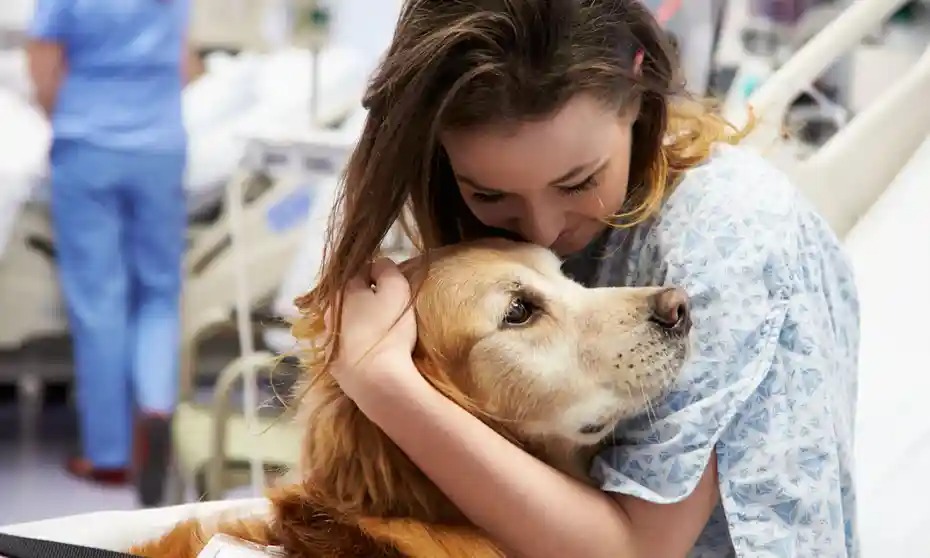The purpose of this essay is to present a personal account of Rocky the Cat, which illustrates some well-documented characteristics of Adoring pets as animal companions. The narrative begins by discussing some oft-mentioned ramifications of viewing pets as family and friends. Love is the common ingredient that opens doors to a host of market-related opportunities. An example of this is the exorbitant amount spent on veterinary care, which, in the case of Rocky Raccoon, reaches almost epic proportions. This report offers some advice on how to market to pet lovers in practical terms. On a more spiritual level, further inquiries concern the author’s own animal-related identity and how it manifests itself in the author’s attempt to observe the world in general and a particular film in particular through the eyes of a cat Adoring pets.
Pet owners traveling with Chinese Adoring pets:
Pets are part of the lives of a growing number of people, including during tourism and leisure activities; however, little attention has been paid to developing a valid and reliable scale to measure pet owners’ motivation for traveling with their pets or to segment the pet owner market based on these motivations. This study used data from 24 interviews and a survey of 752 Chinese pet owners whose pets accompanied them during tourism activities within the past 3 years to develop a scale to assess pet owners’ motivations for traveling with their pets. Six motivational dimensions are included in the scale: perceived benefits for pets, pet attachment, socialization, prestige, compensation and reciprocation, and novelty. Following cluster analysis, three pet owner clusters were identified (human-pet relationship-oriented, pet owner-oriented, and pet benefits-oriented) that differed significantly in terms of sociodemographics. These implications and limitations are discussed as well.
Why do people love their pets so much?
We examine evidence showing that people form strong attachments to their pets before identifying characteristics of such relationships, such as pets being sources of security and objects of care. Pet ownership poses a challenge to evolutionary theory since attachment to other species and the allocation of resources to them reduce fitness. Additionally, three attempts at incorporating pet keeping are discussed, along with the problems with each. The practice is contrasted with other forms of interspecific association. As an alternative Darwinian explanation, pets are proposed as manipulating human reactions that evolved to facilitate human relationships, primarily (but not exclusively) those between parent and child. The mechanisms by which pets elicit caregiving from humans are described in detail. The features include those that provide the initial appeal, such as neotenous characteristics and those that enable the owner to maintain satisfaction from interacting with the pet, such as the ability to attribute mental functions to animal-like organisms.
Pet relationships with a communal orientation:
The relationship between human communal relationships and well-being has been demonstrated in previous research. In addition to the previous research, we examine whether relationship orientation can be applied to pet relationships as well. Two correlational studies were conducted to investigate this. Using Study 1, correlations between pet relationship orientation and well-being measures were examined before and after controlling for other aspects of a person’s relationship with their pet to determine the unique contribution of relationship orientation. Study 2 also demonstrated that communal relationships with pets were similar to those with a participant’s romantic partner and platonic friend, although their contributions to well-being were outweighed by those of interpersonal relationships. In this study, we demonstrate that relationship orientation can be applied to non-human relationships in order to advance relationship orientation.
Adoring pets ownership and its economic value:
Considering the growing importance of pets in consumers’ lives and in the economy, it is important to examine this question. According to consumers, both cats and dogs provide companionship, love, affection, and company. Three experiments indicate that consumers place a higher economic value on dogs than cats, as evidenced by their willingness to pay more for life-saving surgery, medical expenses, and specialty pet products, as well as increased word-of-mouth about the pet. The effect can be explained by consumers’ enhanced psychological ownership of and emotional attachment to their pets. The effect is reversed when a cat behaves like a dog and a dog behaves like a cat, and is caused by the feeling that the owner is in control of the animal’s behavior rather than any inherent qualities the animal may possess. This study investigates the psychological ownership of a living thing and its influence on economic valuation.

